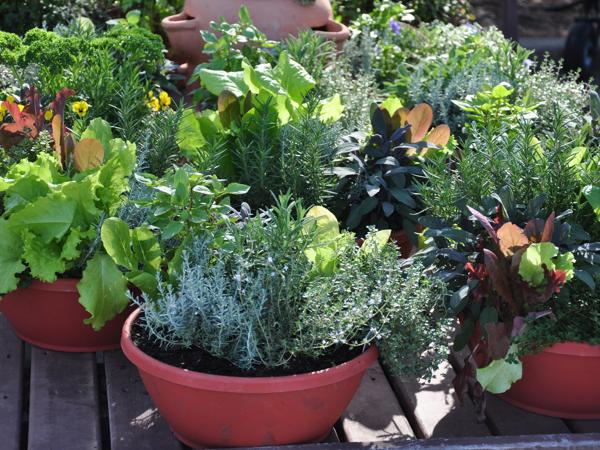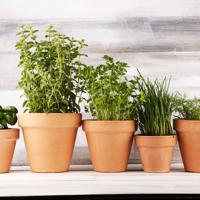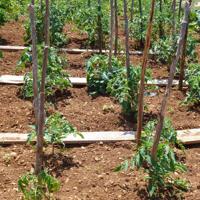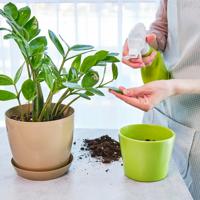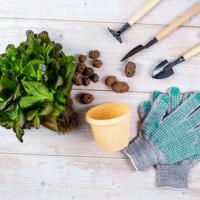Citrus trees are a delightful addition to any home garden, especially when space is limited. Growing them in pots allows you to enjoy fresh fruits and aromatic blooms without needing a vast yard. Here, we’ll explore the essentials of cultivating citrus trees in containers, offering practical tips and sharing personal experiences.
Why Grow Citrus in Pots?
Growing citrus trees in pots is an approachable way to enjoy fresh fruits, even if you lack traditional garden space. Container gardening is versatile, as you can move pots to catch sunlight or bring them indoors during cold spells. I’ve found it rewarding to nurture a potted Meyer lemon tree on my balcony, which adds a sunny touch to my urban setting.
Selecting the Right Citrus Variety
When starting, choosing the right type of citrus tree is crucial. Some popular varieties for container growing include:
- Meyer Lemon: Known for its sweeter flavor, this is a favorite among container gardeners.
- Calamondin Orange: A compact tree that produces small, flavorful fruits.
- Key Lime: Ideal for adding zest to your culinary creations.
- Trovita Orange: Produces medium-sized, sweet oranges.
These varieties are well-suited for pot growth and can thrive in limited spaces. It’s essential to select a dwarf or semi-dwarf variety, as they adapt better to containers.
Choosing the Pot and Soil
The right pot and soil mix are vital to the success of your citrus tree. Aim for a container with good drainage and at least 18-24 inches in diameter. This size offers enough room for root development.
Opt for a well-draining potting mix, specifically formulated for citrus or cactus plants. A mix containing sand, perlite, or vermiculite enhances drainage and prevents root rot.
Planting Your Citrus Tree
Once you’ve chosen the pot and soil, it’s time to plant. Carefully remove the tree from its nursery container, gently loosening roots if they’re compacted. Position your tree in the center of the pot, filling around it with soil, ensuring the root ball is slightly above the soil line to promote water drainage.
Water thoroughly to settle the soil, and place the pot in a location with six to eight hours of sunlight daily.
Watering and Feeding
Citrus trees in containers require consistent moisture. Water when the top inch of soil feels dry, adjusting frequency based on weather conditions. Over-watering can lead to root diseases, so ensuring proper drainage is crucial.
Feed your tree with a balanced citrus fertilizer during the growing season, typically from spring to late summer. Follow package instructions for frequency and quantity, as excessive fertilization might lead to salt buildup.
Pruning and Maintenance
Regular pruning keeps your citrus tree healthy and encourages fruit production. Remove dead or overlapping branches, and shape the tree to allow light penetration.
Container-grown citrus trees may need repotting every three to four years. When roots begin circling the pot’s base or poking through drainage holes, it’s time for a larger container.
Pest Management
Citrus trees can be susceptible to pests like aphids, spider mites, and scale. Regularly inspect your tree, and if you notice any pests, consider natural control methods like neem oil.
Indoor trees may face fewer pest issues but could have occasional challenges like dry air. Utilizing a humidifier or misting the leaves helps maintain adequate humidity levels their foliage requires.
A Final Note on Patience and Enjoyment
In my experience, growing citrus trees in pots is a journey that requires patience. It might take a year or two to see your first major harvest, but each stage of growth brings joy and learning opportunities.
I recall anxiously waiting for my first Meyer lemons to ripen, and the thrill of finally tasting the sweet result of my care and dedication. Such rewards make the process worthwhile and inspire you to explore more within the garden-to-table lifestyle.
Remember, citrus tree cultivation is an ongoing relationship with nature. Take cues from your plant and adapt your care as needed. Happy gardening!
Note: For an expanded understanding or advice specific to your region, consulting local extension services or gardening experts can be invaluable.
